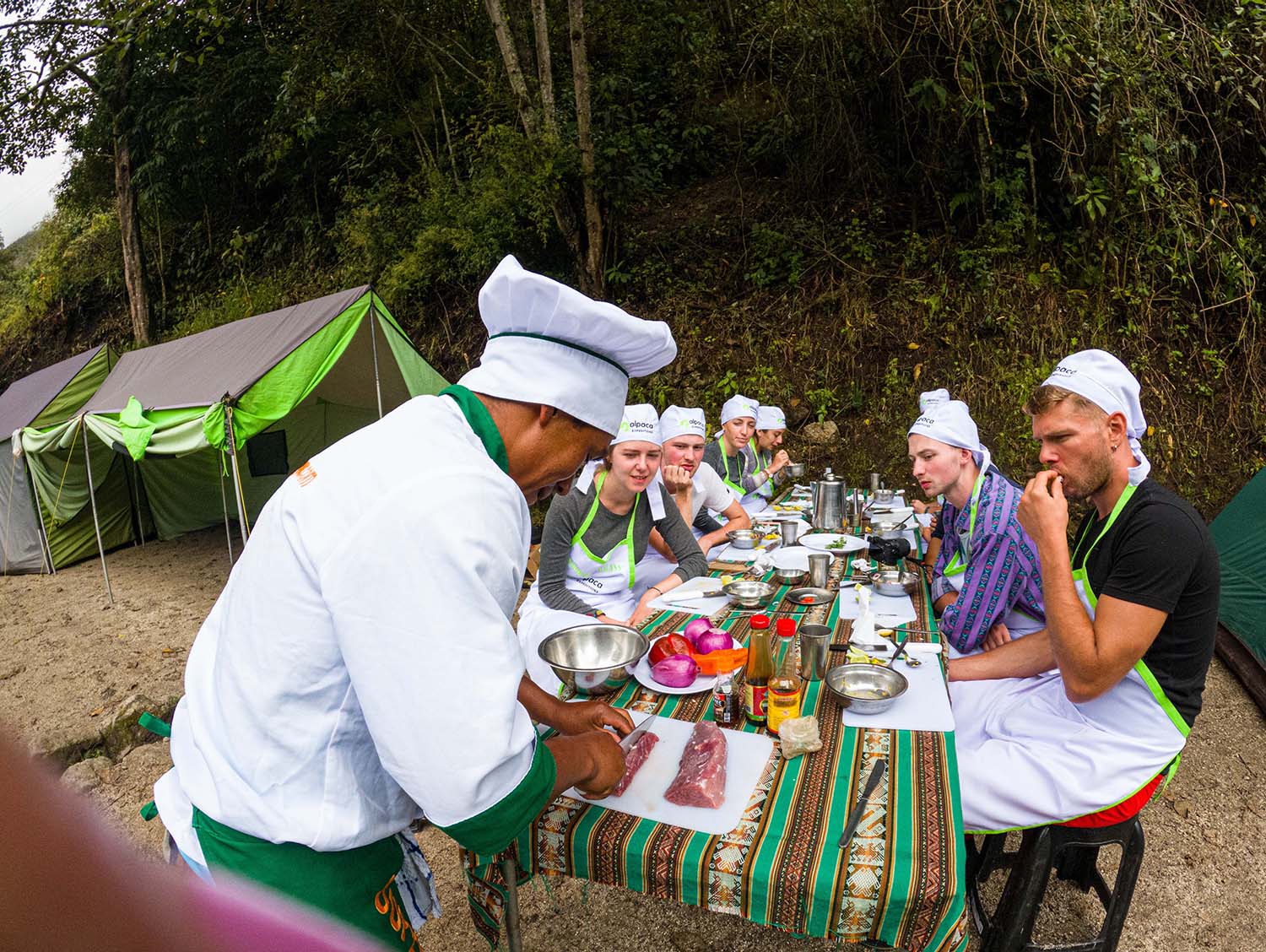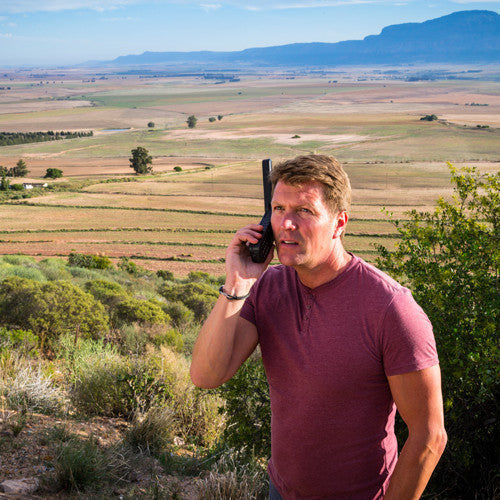Accessories
Passport – This item is mandatory, you’ll need your passport information for the booking process. You’ll also need your physical one for every checkpoint in the Inca Trail. This is very important at the point of not being able to get to the Trail if missing your Passport.
Insurance – As a company we guarantee taking care of our hikers but in case of feeling sick we advise you to have travel insurance to cover any non-expected medical expense. You can let us know the details of this. We’ll provide all the assistance needed at any point of your trip to Cusco.
Trekking Towel (optional) – We’ll provide you small towels for your hands and face. This’ll be provided at every campsite and will be washed daily. If you want to bring one we recommend you a lightweight, fast dry material.
Swimsuit (optional) – There are hot springs near Aguas Calientes, just below Machu Picchu, where you can swim. We don’t include this in our itinerary but for treks like Salkantay and Lares trek you will visit hot springs.
Water-proof sunscreen – Cusco is a very high elevation city and with dry weather, these 2 features make sunburn very often and something you need to be aware of. We advise purchasing at least 30 spf water resistant sunscreen to make it last even if you’re sweating.
Bug spray – It is true that Cusco is a city without mosquitoes or bugs to be worried about. The Inca Trail holds a broad spectrum of weathers and ecosystems. From the third day on, the weather will be warm, humid, and subtropical so there’ll be mosquitoes or bugs wishing to bite you. A normal bug repellent will be good enough to cover yourself.
Baby Wipes – One in every campsite our porters will provide you buckets with clean water and soap for you to clean your hands and face. These wipes will be perfect to add more freshness to your daily cleaning routine. Remember that you won’t be able to take a shower for almost 4 days along the trek.
Plastic Bags – Inside your duffel bag we’ll provide you 2 big plastic bags for your clothes and sleeping bags. We advise you to bring a couple more to save your wet clothes or trash.
Pee Bottle (for the ladies) – This can be very helpful if needed. Remember that we’ll bring a toilet tent for our clients.
Blister Plasters – Hiking the Inca Trail is rough so blisters can be common. Bringing plasters will provide you protection if this happens. Remember to apply this only when the area is completely dry. You can also ask your guide for help, they are qualified as paramedics and will provide all the help needed.
General Meds – Your guide will have a first aid kit and some general pills, but we encourage you to bring your own. We can’t provide medicine just like that so bringing your own.
Snacks – Food along the trek won’t be an issue, you’ll be amazed, we’ll provide you snacks as well. But every person’s energy needs are different. Bringing power bars or granola will make your trek easier.
Toiletries – A must for this trek is at least one roll of toilet paper for your own use. Dry shampoo is the best for trekking and some soap too. Don’t forget your travelers tooth brush and tooth paste.
Cash – You won’t need money along the trek. The cash you’ll need will be for when you get to Aguas Calientes and also to tip your crew. This last one is optional, it is customary but not mandatory. We recommend to take $100 USD or 300 soles just to be sure and don’t be in a hurry.
Cameras and Power bank – Once on the Inca Trail you’ll be amazed by the scenery. The landscapes and ruins will leave a mark on your soul. If you want to immortalize this moment we recommend you to bring a good camera. GoPros are amazing for this but if you want to bring a more professional one you can. Just remember that bigger means heavier and also that Tripods aren’t allowed in Machu Picchu. Drones aren’t allowed on either the Inca Trail and Machu Picchu. Don’t forget a good power bank to recharge your phone and cameras. There is no access to electricity during the whole experience so you need to be ready.


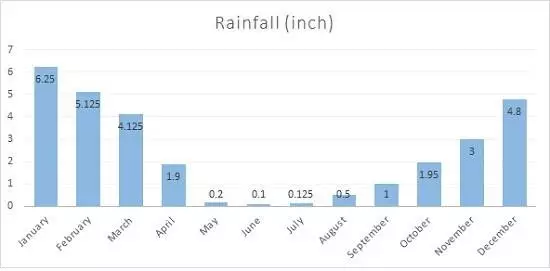
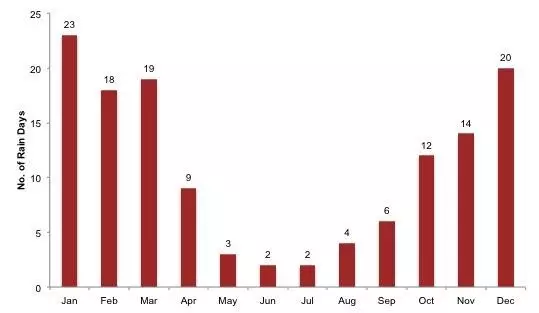
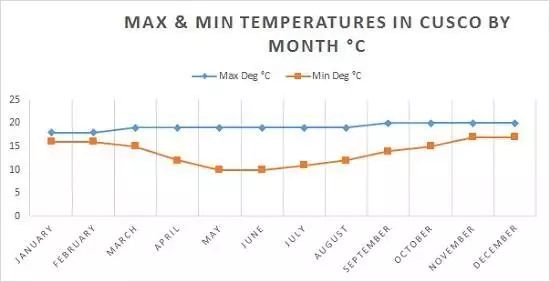
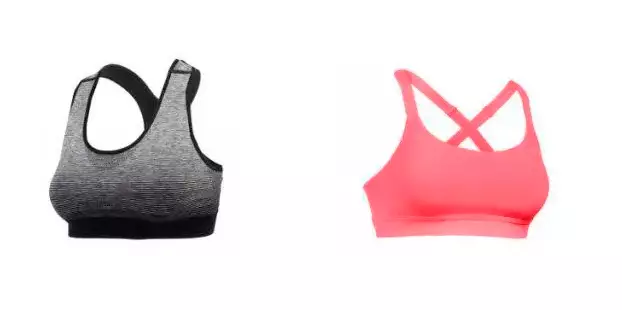
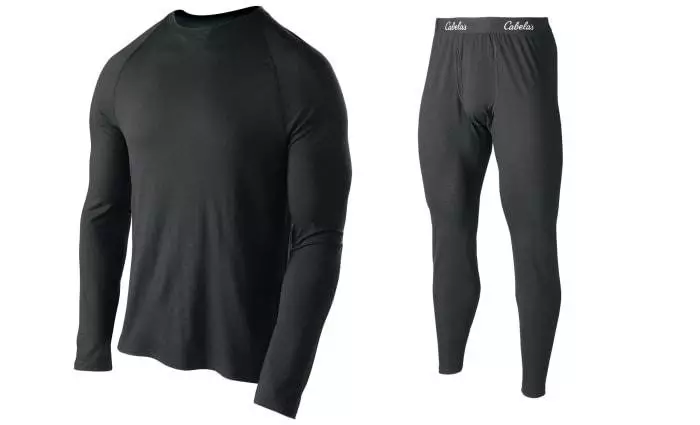
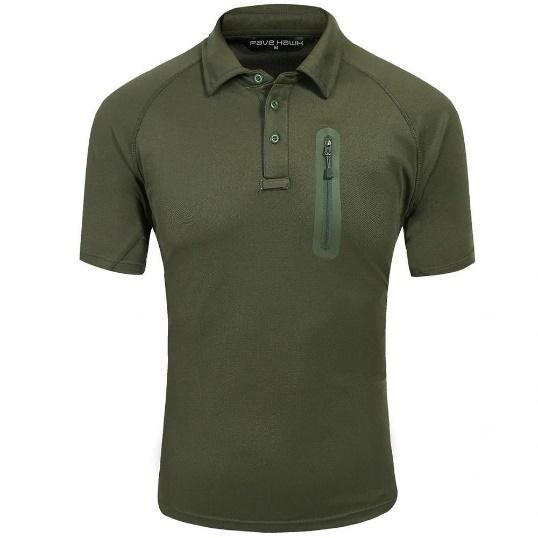
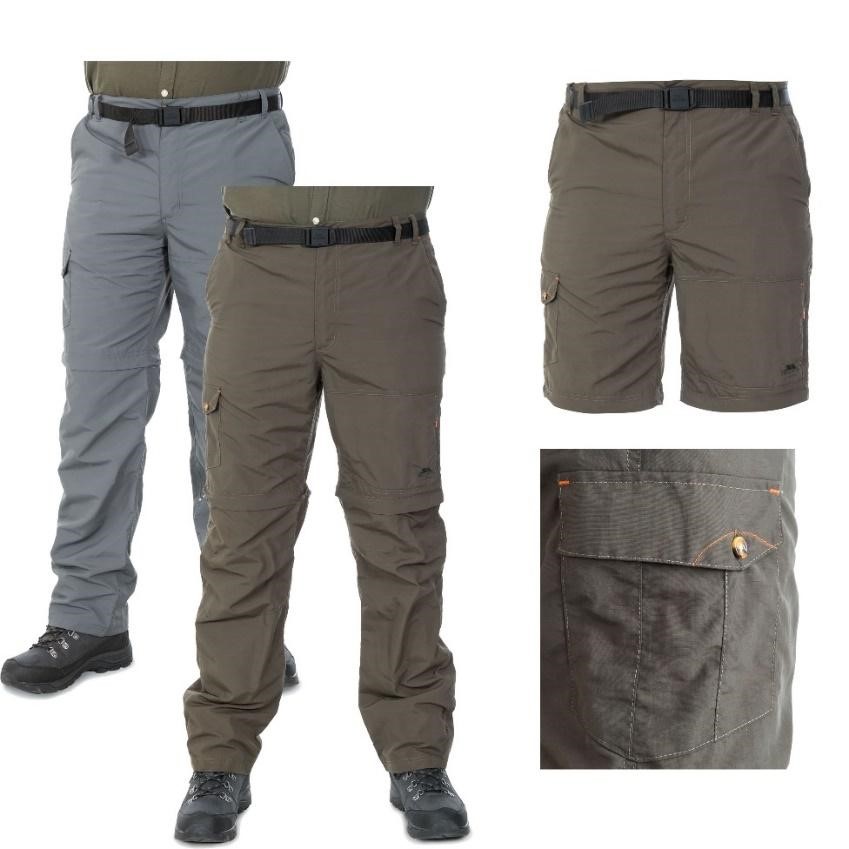
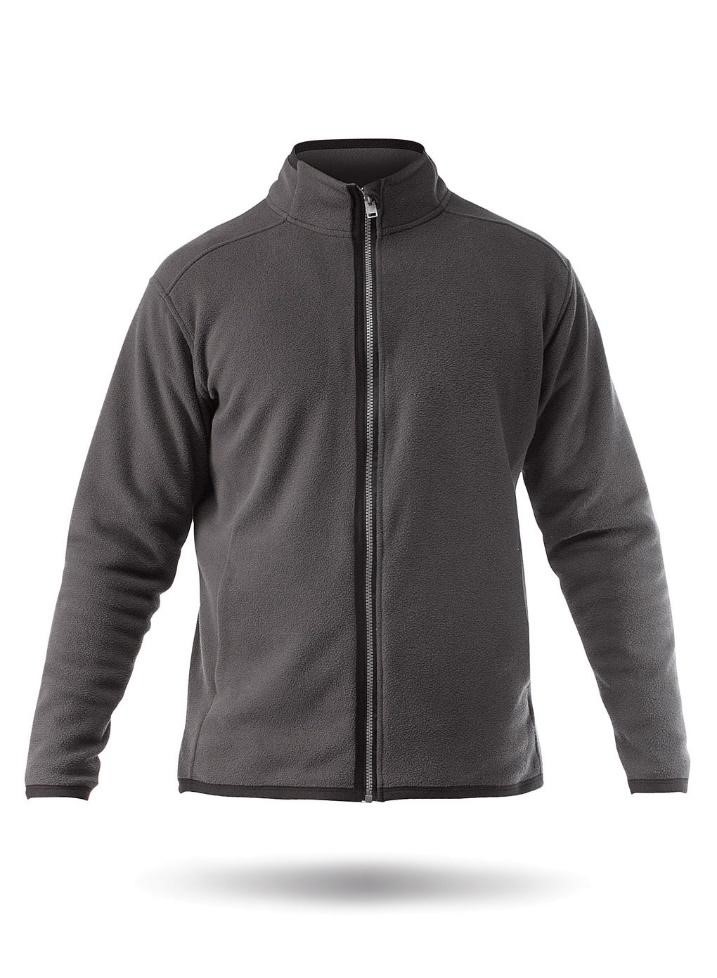
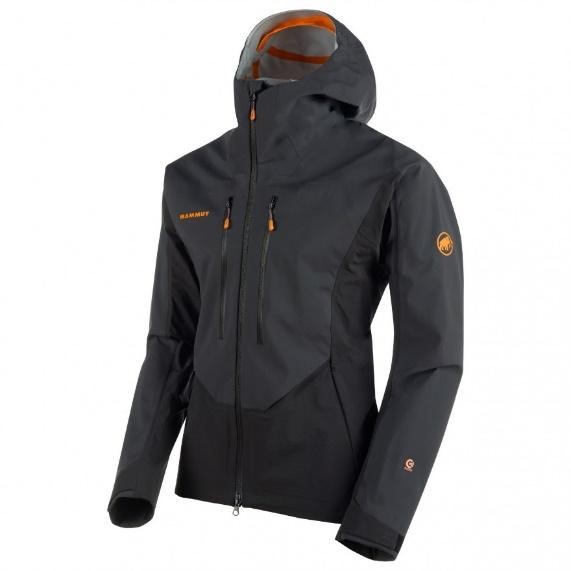
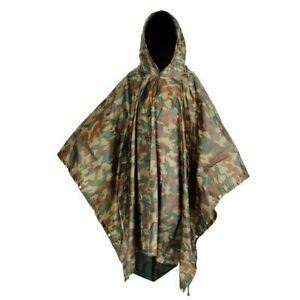
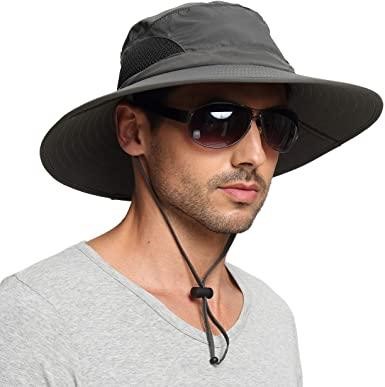
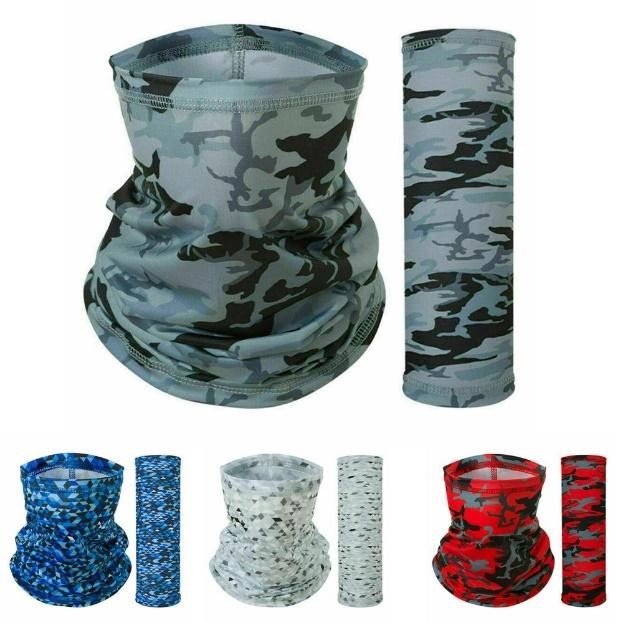
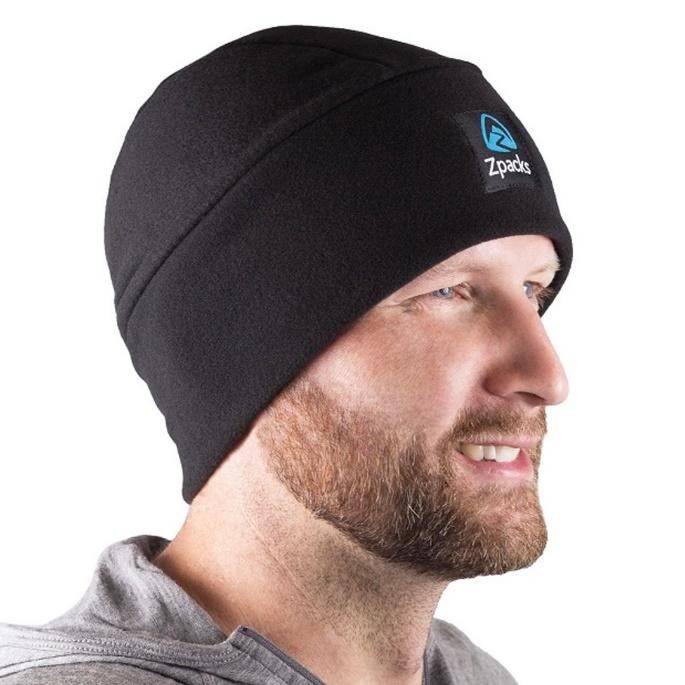
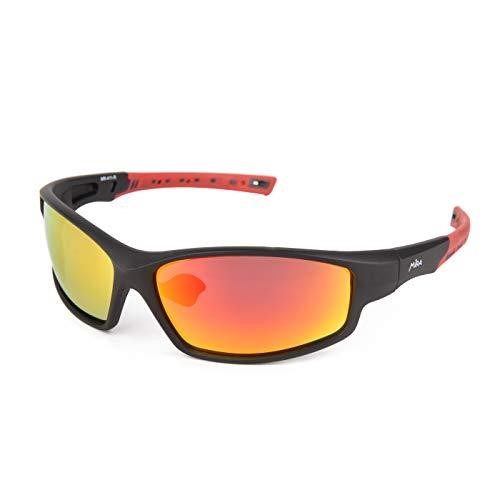
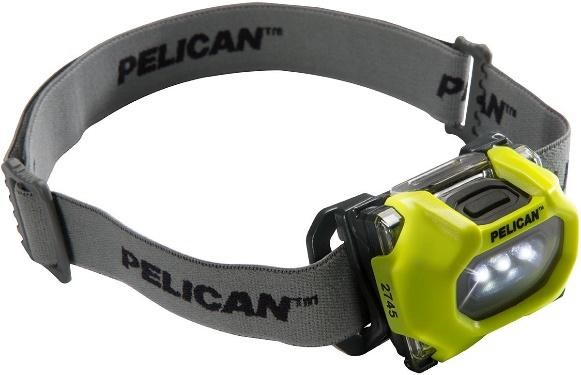

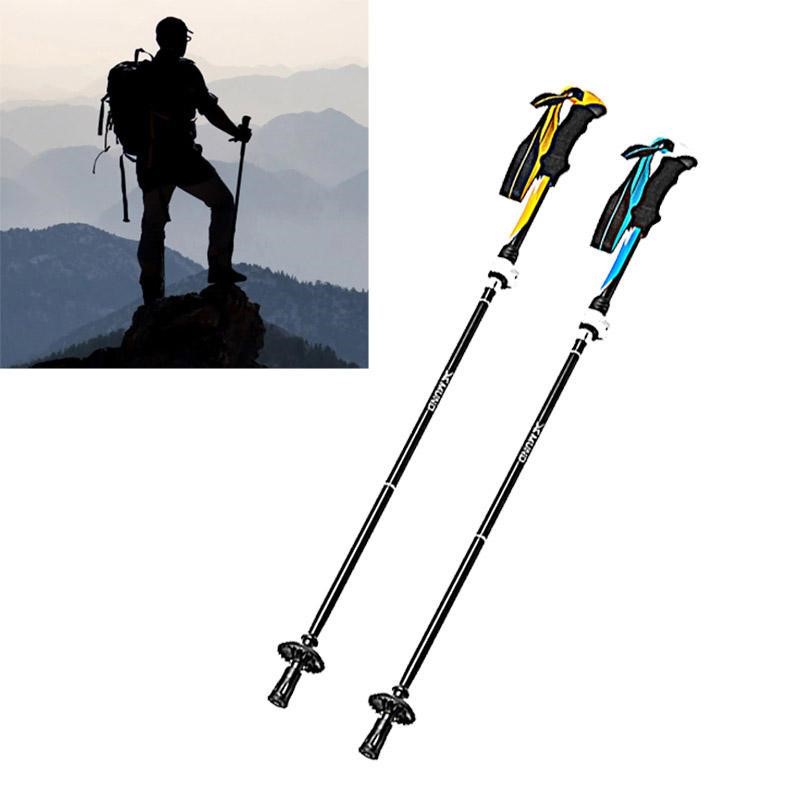
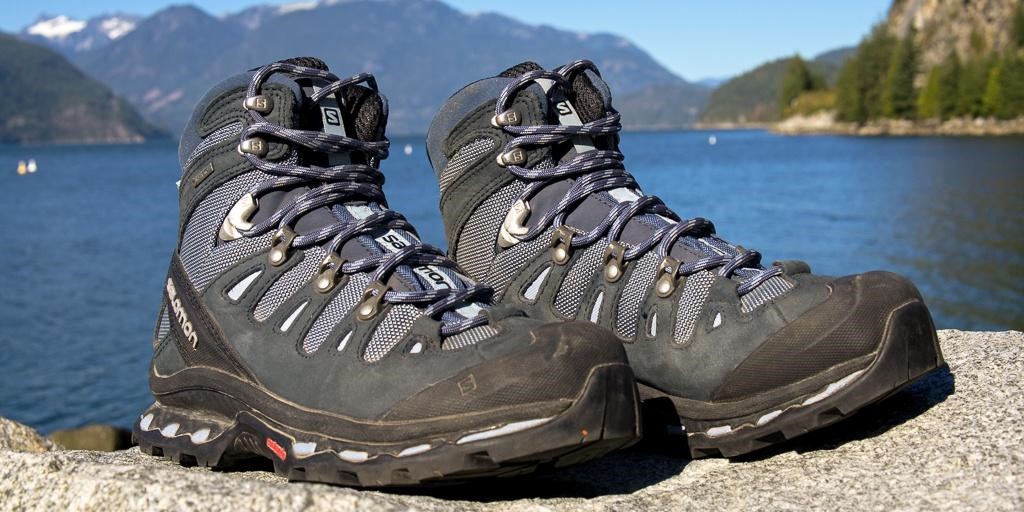

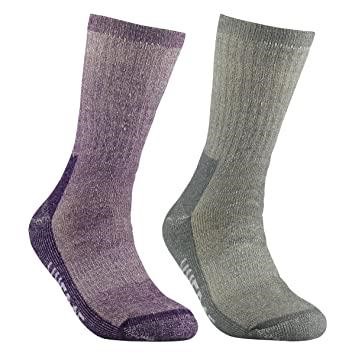
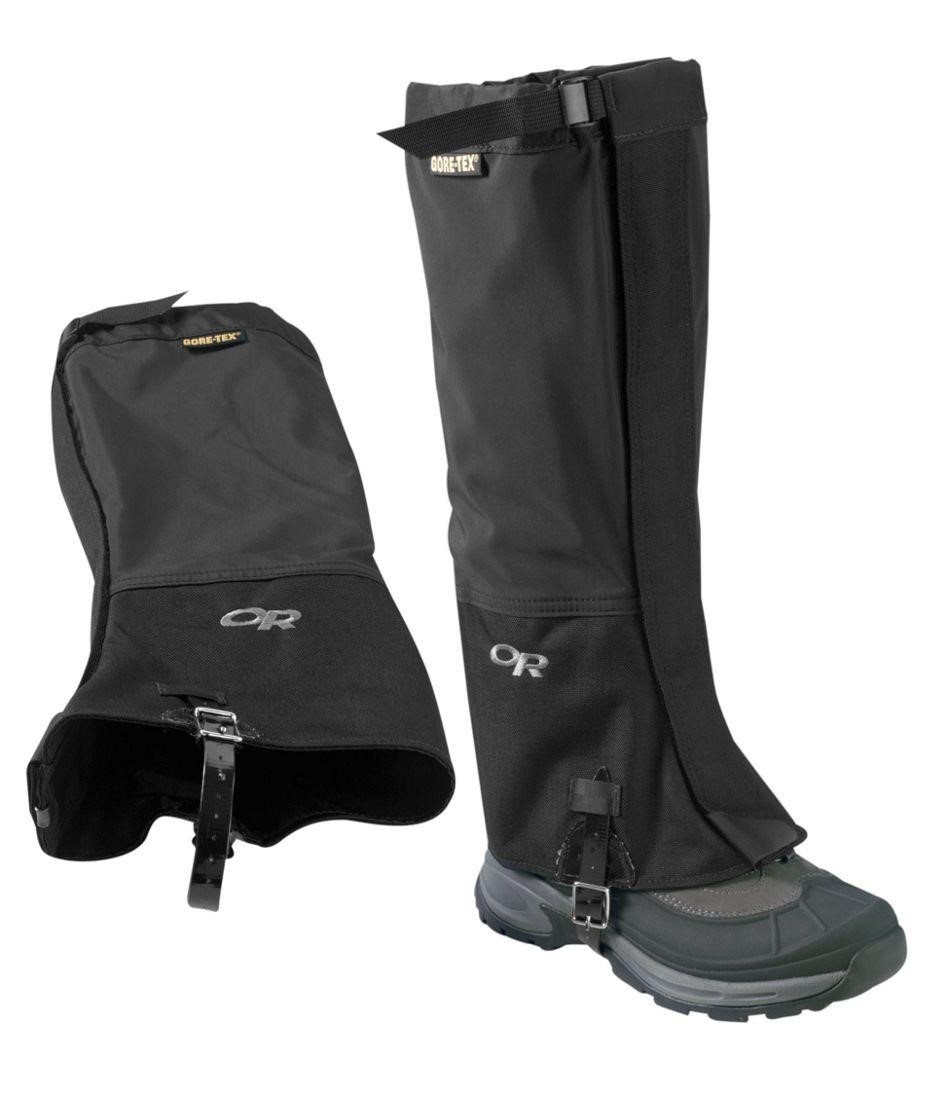
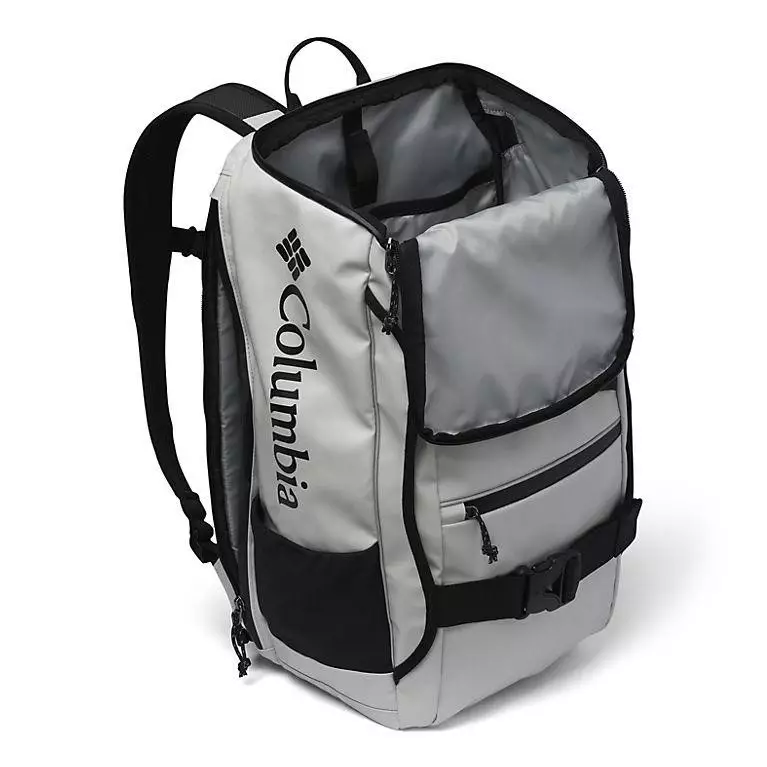
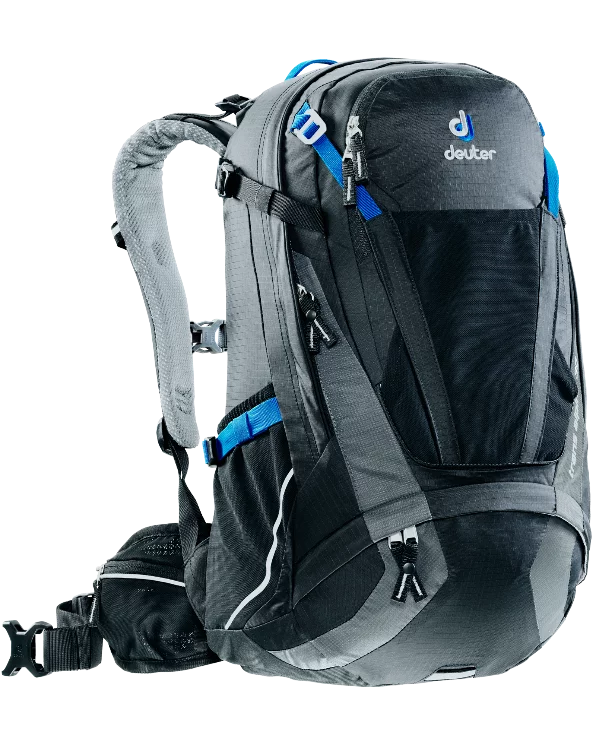
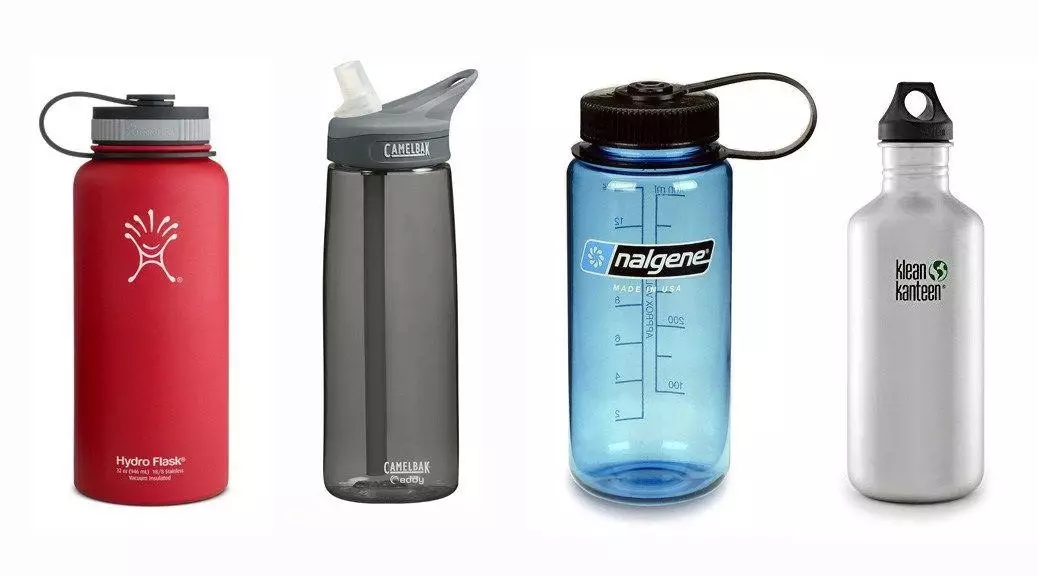
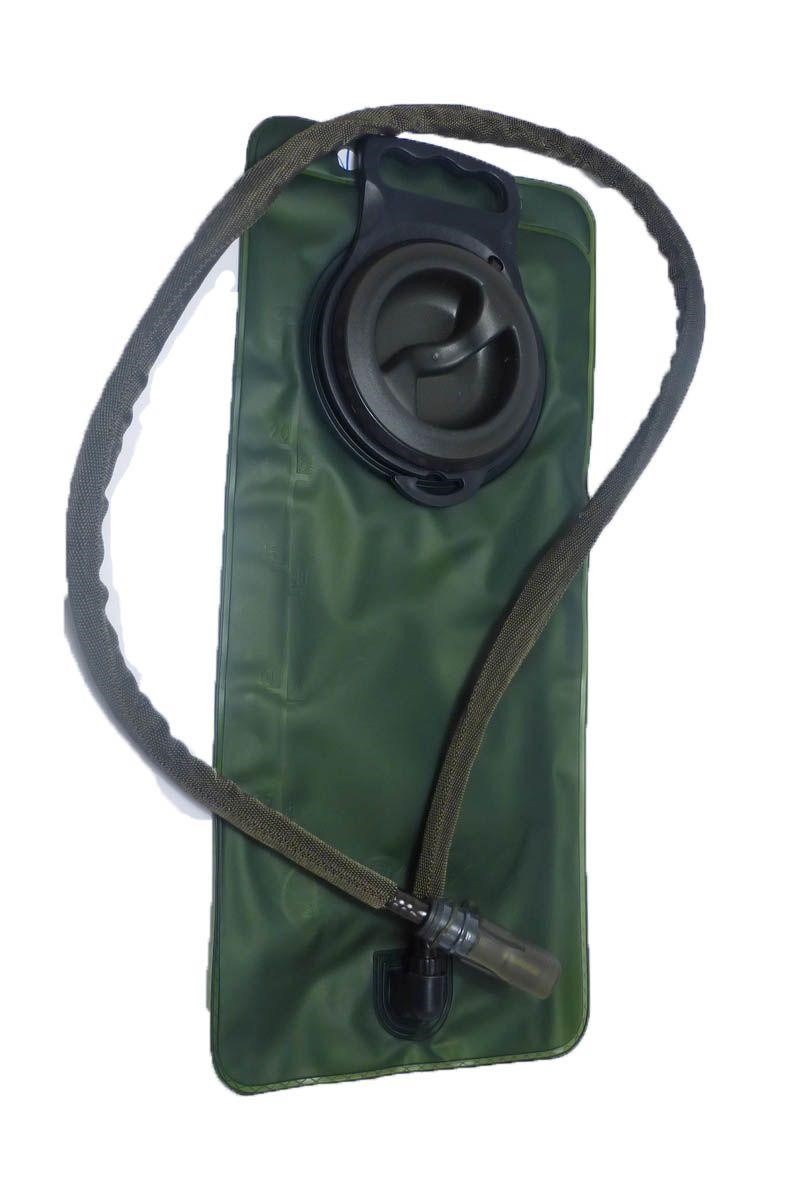
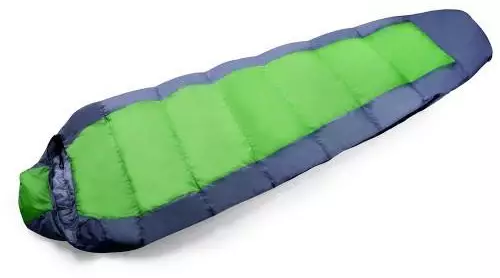
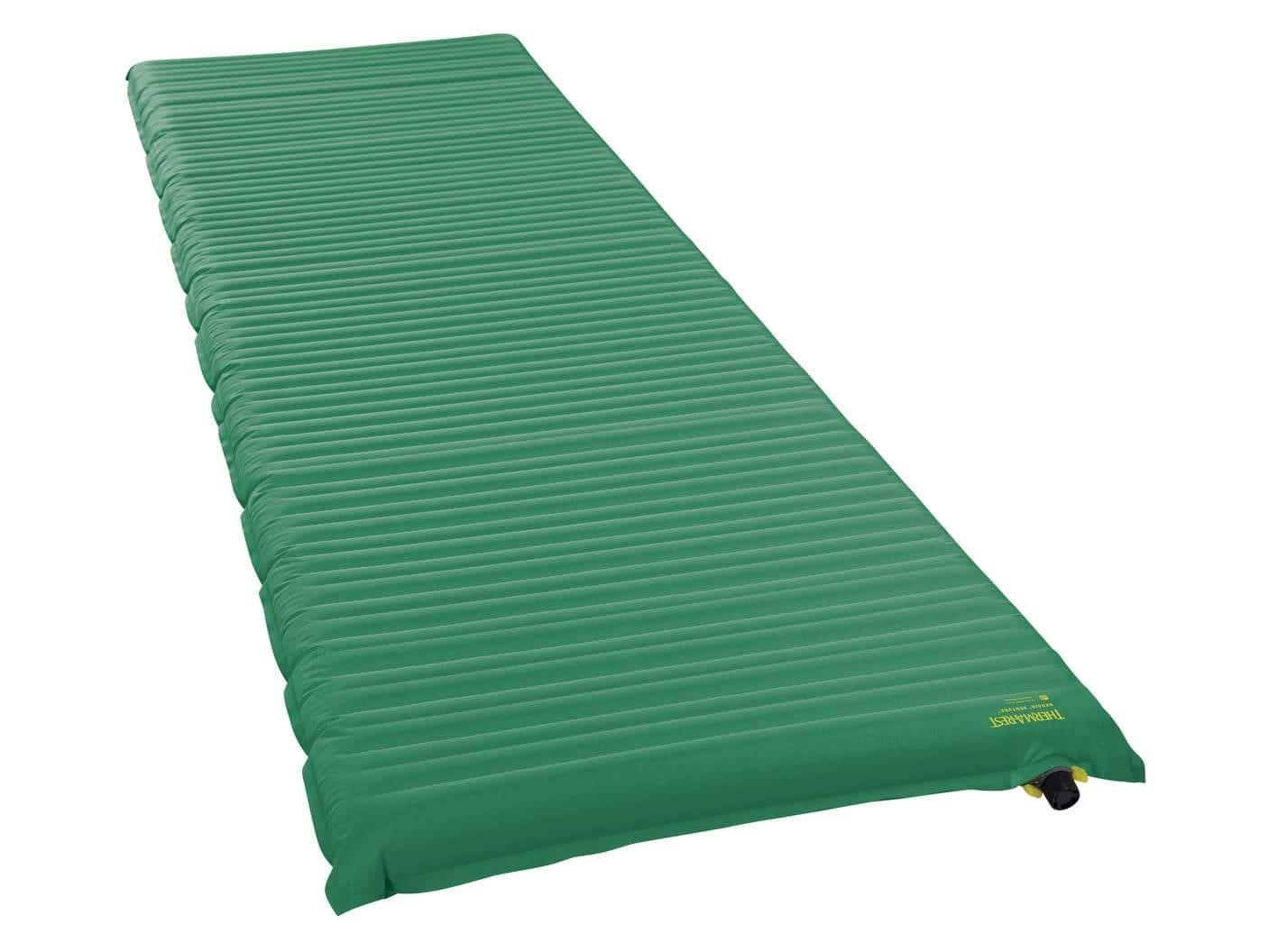
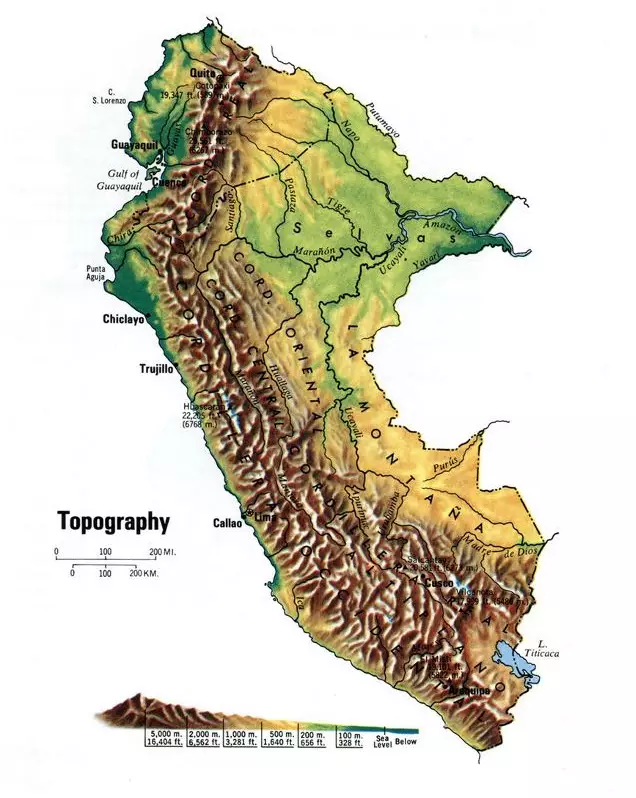

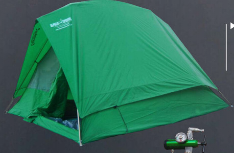
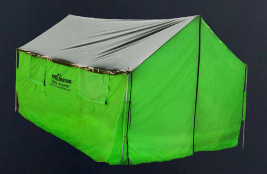
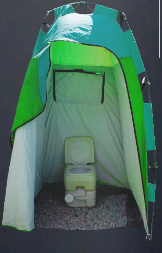


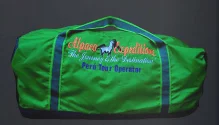



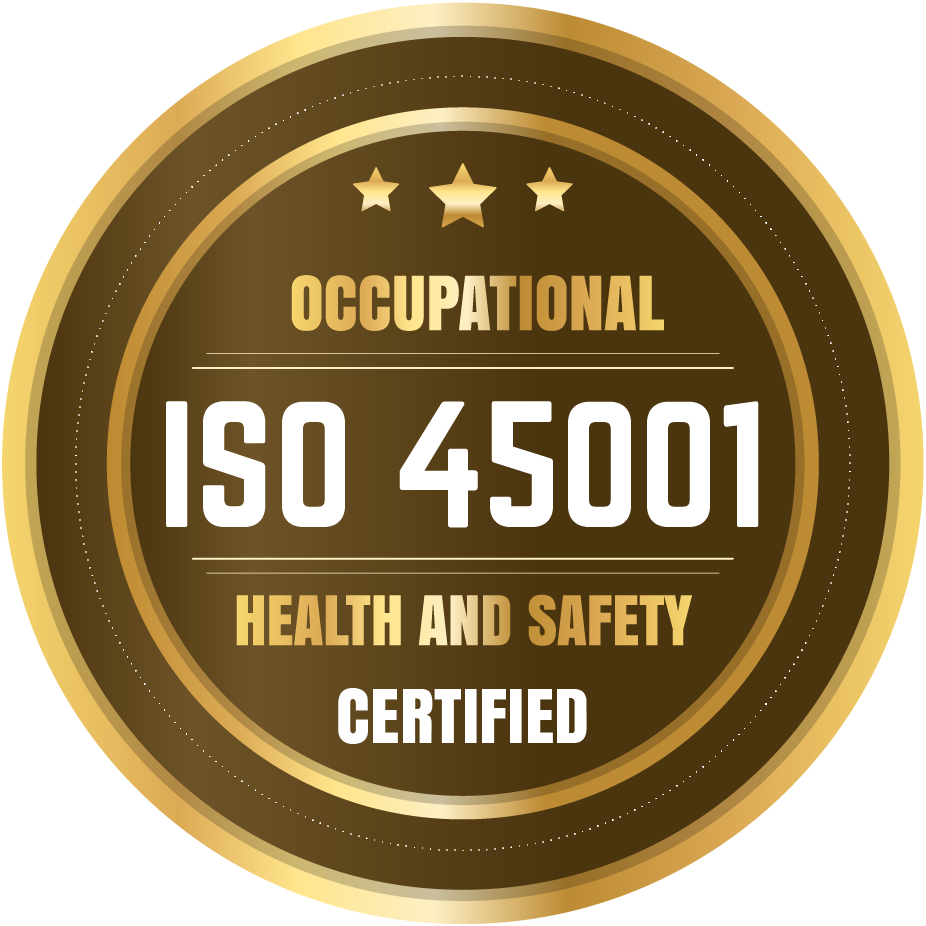
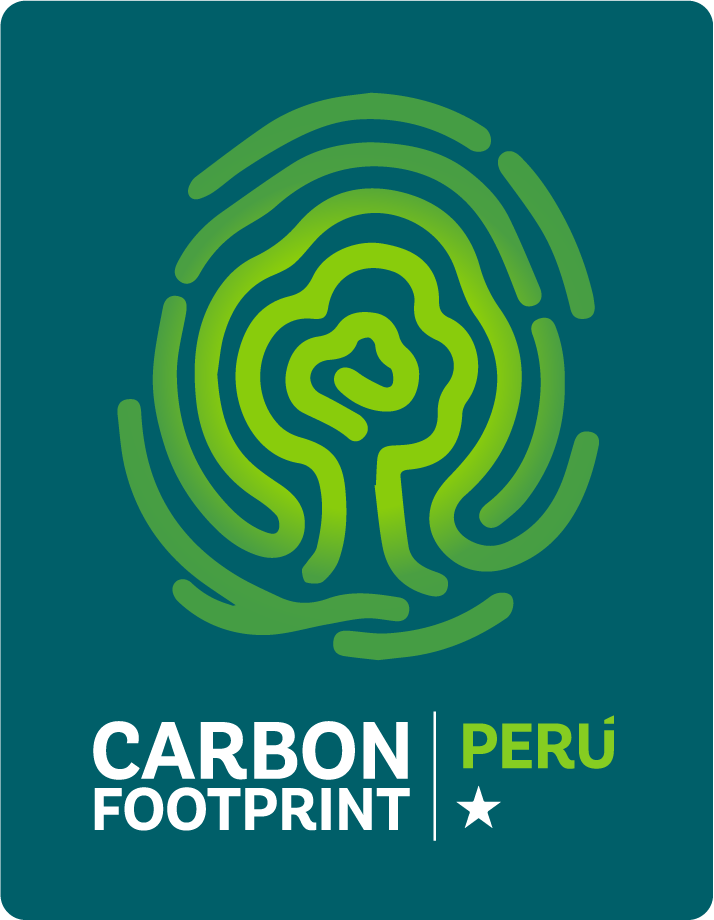
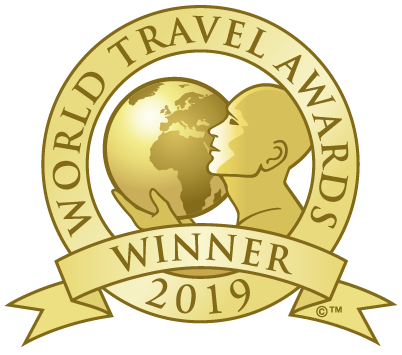













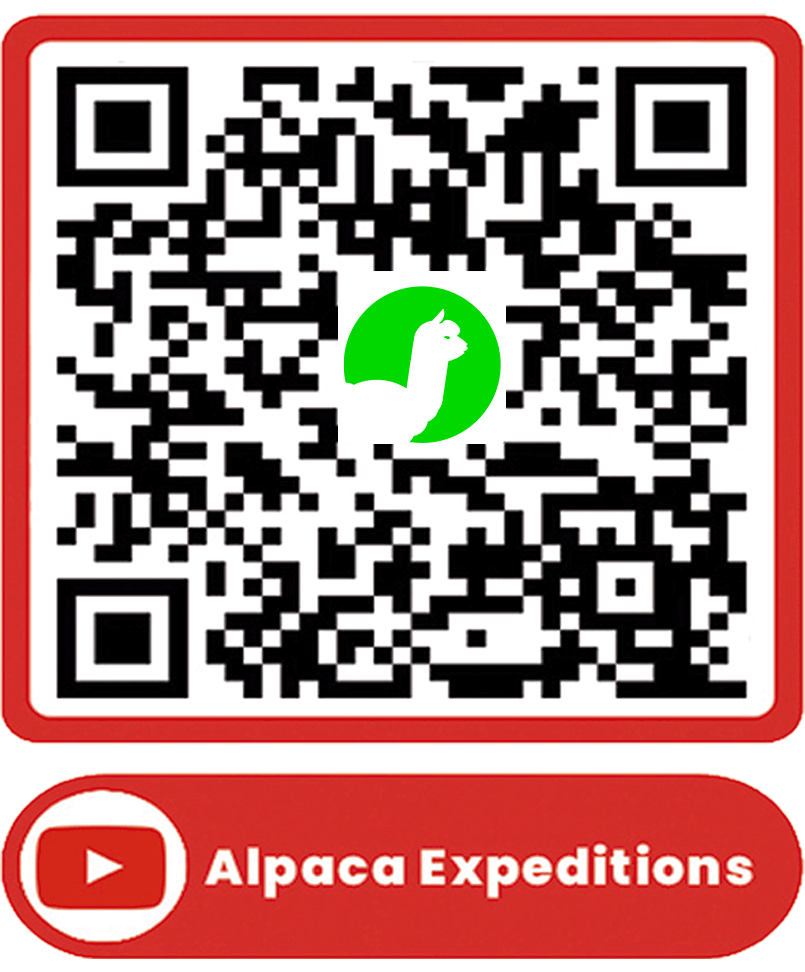

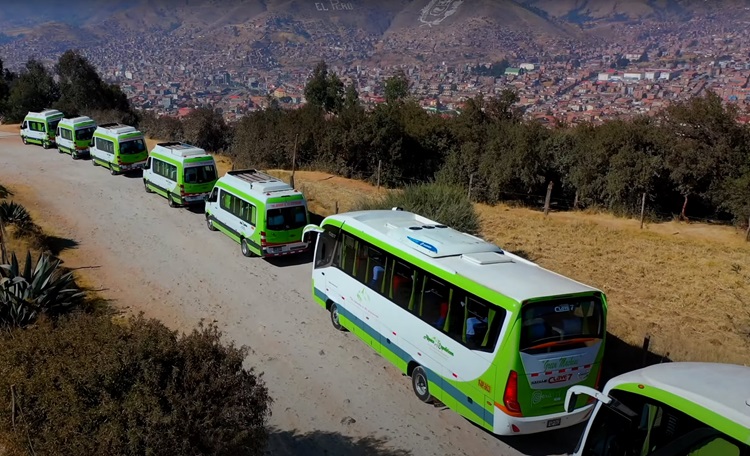
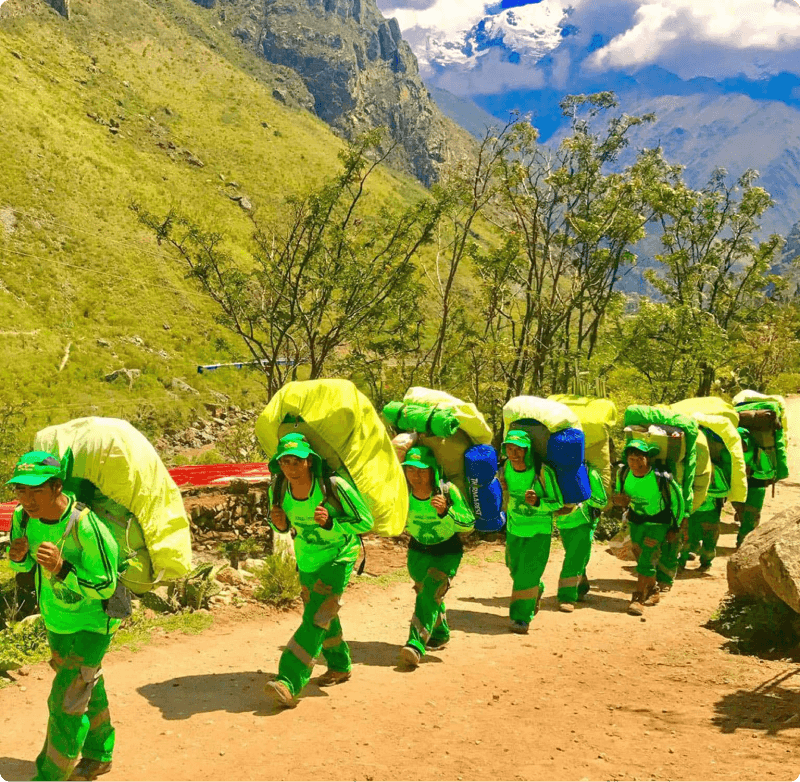 Porters will carry up to 7 kg of your personal items, which must include your sleeping bag and air mat (if you bring or rent one). From us, these two items weigh a combined total of 3.5 kg.
Porters will carry up to 7 kg of your personal items, which must include your sleeping bag and air mat (if you bring or rent one). From us, these two items weigh a combined total of 3.5 kg.